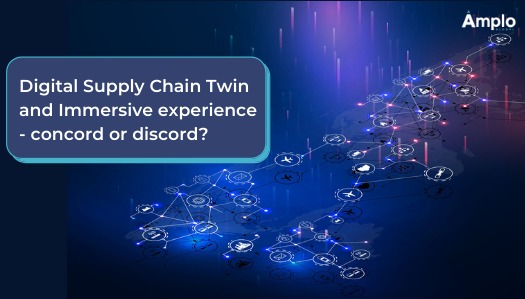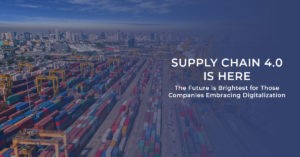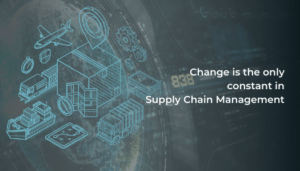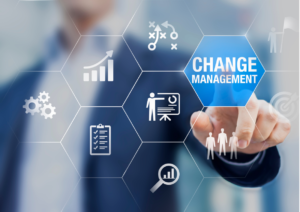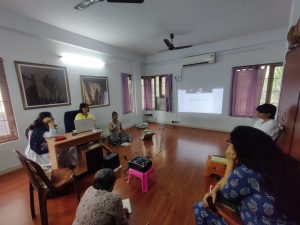Digital Twinning and Immersive Experience – Concord or Discord? |
Digital twinning and immersive experience: merging virtual and physical worlds, creating real-time simulations for enhanced understanding, analysis, and interaction across various industries.
It was an event that rattled global supply chains. The New York Times called it a “costly lesson in the vulnerabilities of sea trade”.
The recent saga of a single gigantic ship blocking the Suez Canal and holding up more than 400 ships, plus billions of dollars in trade, has underlined how a single accident in a key trading lane can set off a chain reaction and cascade into a global crisis.
The event also highlighted the importance of having a robust tool in place that can help affected parties work through various what-if scenarios and available options to — if not completely mitigate — at least minimise the fallout from such accidents. Well, such tools do exist, and they are called digital supply chain twins.
While even the most advanced AI-driven digital twin may not be able to accurately estimate the probability of strong winds forcing one of the largest ships in the world to run aground and choke up a major supply route, it can be an invaluable aid after the fact.
For example, a digital supply chain twin can help shipowners figure out optimal decisions to take — for example, should they stay put outside the Suez Canal and wait it out, or should they reroute their ships around the Cape of Good Hope?
A digital twin, with the help of complex machine learning algorithms, can help work out the ramifications of each decision, and how that one decision ripples out and impacts other decisions.
The promise of digital twins
The supply chain business typically has wafer-thin margins and hardly any room for expensive errors. Over time and with ample data, industry players can create digital twins and immersive experiences that deliver a bird’s-eye view of the entire supply chain.
This complex model can then be used to validate decisions or predict outcomes. It can even be set to make autonomous decisions — for example, use sensors to track inventory levels at a warehouse and automatically update the manufacturing plant when stocks run low.
Robots at the plant can, in turn, ramp up production without needing intervention from a human operator. In a report from 2017, Gartner estimated that, by 2021, “half of large industrial companies will use digital twins, resulting in those organizations gaining a 10% improvement in effectiveness”.
This forecast was from before the Covid pandemic, and the actual number is likely to be far higher as organizations sped up their digital transformation in 2020.
Digital twins also feature prominently (PDF) on Deloitte’s Tech Trends 2020. While the idea of using virtual models has been around for a while, Deloitte asserts that organizations are now finding that increasingly sophisticated simulation and modeling capabilities, power visualization, better interoperability and IoT sensors, and more widely available platforms and tools are making it possible to create simulations that are more detailed and dynamic than ever.
“Digital twins can increase efficiency in manufacturing, optimize supply chains, transform predictive field maintenance, aid in traffic congestion remediation, and much more.” And as capabilities and sophistication grow, Deloitte believes more organizations will use digital twins to optimize processes, make data-driven decisions in real time, and design new products, services, and business models.
“In the long term, realizing digital twins’ full promise may require integrating systems and data across entire ecosystems.”
Similarly, EY observes that for supply chains, the benefits of having a digital twin are profound.
“Because it mirrors the supply chain’s assets, transactions, third-party relationships and other operational details, the digital twin enables sophisticated real-time monitoring and adjustments,”
says the study, adding that digital twins bring a broad and deep view of a supply chain, allowing companies to quickly model potential scenarios involving shifts in manufacturing lines, the availability of assets and people and adjustments to distribution flows or proactive risk monitoring.
“Digital twins are the new weapon that the supply chain must have to transform effectively,” the report concludes.
